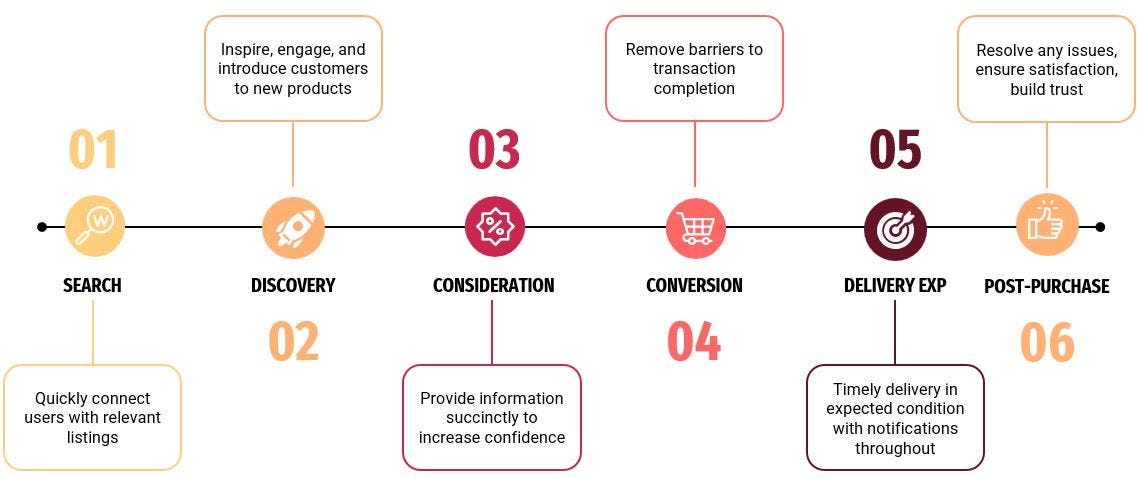
It's no secret that great candidates are hard to source. So, we understand your urge to do everything in your power to hold onto them.
But how, especially when terms like "The Great Resignation," "The Great Attrition," "Talent War," etc., have been keeping you on heels for the past few years?
Well, you are not alone! With the ever-growing demand for top candidates, we have witnessed many recruiters scrambling through countless resources to find effective ways to attract and retain their hard-hired talents.
If you were too, you can now finally put your search on halt as we've got you covered.
This article will discuss everything you need and what you must have to improve your talent retention strategies.
What is Talent Retention?
Talent retention is when companies try to keep hold of their best employees and candidates by creating an environment that encourages them to stay.
Talent retention is essential for employers because replacing good employees costs a lot, be it in terms of hiring expenses, training cost, or, most importantly company's culture.
Not only do they have to pay for the replacement and training of new staff, but they also lose productivity until the new candidate gets along with the proper grip.
In addition, good employees often have a positive effect on morale, so losing them can harm the rest of the team.
So, the question is, what can you do?
Remember that offering financial incentives is beneficial, but there are many more effective ways.
So, let's get started.
5 Essentials to Get Started on the Right Foot!
A good business requires dedicated employees. But to hire such candidates, it is essential to attract them the right way.
After all, candidate experience counts right from the sourcing stage!
From being clear about your company culture to offering competitive benefits, read on to uncover five essential tips.
1. Have a Strong Employer Branding
This pointer must not come as a shock at all. We all know an effective employer brand can attract great candidates to your company. The better your reputation in the market is, the more candidates will want to work with you.
Here are a few tips for creating and promoting your employer brand:
- Define what makes your company unique - What is your company's mission? What are the values the workplace follows? What makes your company culture stand out? Candidates want to know what they can expect if they join your team.
- Communicate your employer brand across all channels - Your website, social media, job postings, and even how you answer the phone should all reflect your employer brand. Consistency is key to making a long-lasting impression.
- Keep your promises - Once you've defined your employer brand and started communicating it to candidates, it's important to live up to those promises.
2. Offer Equitable Pay and Benefits
To retain great candidates, you need to offer competitive salaries and benefits.
This includes offering a fair salary, health insurance, work flexibility, and other benefits that make the job more attractive.
You also need to keep your employees happy by providing an excellent work-life balance and opportunities for career growth.
One way to ensure you are offering competitive benefits and managing them efficiently is to implement employee benefits software. This will enable you to provide the best possible benefits to your employees and show them that you are committed to their success.
3. A Compelling Social Media Presence is a Must
Having an active and engaging presence on multiple platforms where you feel your target audience might hang out is super important.
Make sure you are regularly publishing fresh content that will be of interest to potential candidates.
And when you do share something, make sure to tag relevant industry influencers or experts - this will help get your content seen by more people.
Finally, don't forget to interact with other users on social media.
Emojis are effortless to incorporate into your social media posts, so don't forget to use them to bring a lighthearted and friendly tone to your content - this will help to make your page more engaging for potential candidates.
If you can build a strong network of connections, you'll be in a much better position to attract top talent.
4. Inclusive Job Description Attracts Better Talents
An inclusive job description is essential in ensuring only suitable candidates apply for the job role.
By explicitly stating that you welcome applications from underrepresented groups, you signal that your company is committed to diversity and inclusion. This can help you attract top talent from a wider pool of applicants.
When writing an inclusive job description, be sure to avoid language that could deter certain groups of people from applying. For example, avoid using binary pronouns or gendered terms.
You should also avoid making assumptions about who your ideal candidate is. For instance, don't say you're looking for someone "aggressive" or "competitive." Instead, focus on the qualities and skills you're looking for in a candidate.
To stand out as a good employer, consider going beyond just writing an inclusive job description. You can also ensure that your recruitment process is fair and accessible to everyone. You can also make sure that your application form does not ask for any unnecessary information that could discourage specific groups of people from applying.
5. Offer Remote or Hybrid Work Options
There are many reasons to consider a remote or hybrid work model for your business.
Perhaps you want to attract top talent from around the globe, or maybe you need to reduce your overhead costs. Whatever the reason, here are a few things you must remember to make sure this transition is successful.
First, you need to clearly understand what roles can be done remotely and which ones need to be done on-site. There's no point in forcing a square peg into a round hole - it just won't work.
Then, you also need to have an open system in place to ensure that communication is clear and concise between all parties involved.
Finally, you must ensure that your remote or hybrid team has access to the same tools and resources as your on-site team. This includes project management software, file-sharing platforms, and video conferencing capabilities. By ensuring that everyone is on equal footing, you'll set yourself nearer to your goal.
3 Things That Should Top Your Priority List
If you have got the five essentials we discussed above, you are already halfway through your goal to improve your talent retention strategies.
Now that you have somewhat dedicated candidates, here are three things that must be on your priority list to retain them:
1. Your Employee Must Be Satisfied with the Job
Job satisfaction is the key to talent retention. The logic is simple: candidates are less likely to look for new opportunities elsewhere if they are happy with their jobs. Therefore, companies should create a work environment that promotes job satisfaction to keep their best talent.
Several factors contribute to job satisfaction, but one of the most important is the feeling of making a meaningful contribution to the company. Tools like custom awards, personalized recognition programs, or team appreciation events can go a long way in making employees feel valued and motivated.
Employees who feel their work has purpose and value are more likely to be satisfied with their jobs. Therefore, recruiters should make an effort to ensure that their candidates understand how their work is crucial for your company's growth.
Another critical factor in job satisfaction is feeling valued and appreciated by your employer. This includes things like feeling like you are paid fairly, having good working relationships with your co-workers and supervisors, and that your opinions and input are respected.
Ensure that your workers feel like they are making a valuable contribution to the company and feel valued and appreciated by their employers. Doing so will create an environment where your best employees will want to stay for the long haul.
2. Your Company Culture Should Speak for Itself.
Transparent company culture can take you one step closer to attracting and retaining top talent. To create a strong company culture, employers must focus on four key areas: communication, values, work-life balance, and career development.
Communication: Hiring managers must be clear about their expectations and provide regular feedback. Candidates also need to feel like their voices are being heard.
Values: Employers should ensure their values align with their employees.
Work-life balance: Employees should feel like they have an excellent work-life balance to be happy and productive at work.
Career development: Employers must provide opportunities for employees to grow and develop within the company.
By focusing on these four key areas, recruiters can build a culture that will help them attract and retain top talent.
3. Your Employees Must Have Room to Grow
In today's job market, keeping your best employees happy and engaged is more important than ever. With myriads of options, it can be pretty challenging but not impossible if you strategize correctly.
One way to keep your best candidates from looking elsewhere is to give them room to grow within your company. Encourage your candidates to take up professional development opportunities and offer them chances for advancement.
By allowing your employees to improve their skills and learn new ones, you're showing that you value their contributions and want them to stick around for an extended period.
It can be as simple as offering a stipend for attending industry conferences or providing access to online courses. If an employee demonstrates interest and aptitude in a particular area, consider letting them take on additional responsibilities or create a better position for their skillset.
Making room for growth shows that you're committed to retaining your best employees, which will pay off in the long run with a more experienced and loyal workforce.
We hope these tips turbocharge you to develop proper strategies for improving talent retention. The key takeaway is: Make your candidates feel valued, and they will value you.


